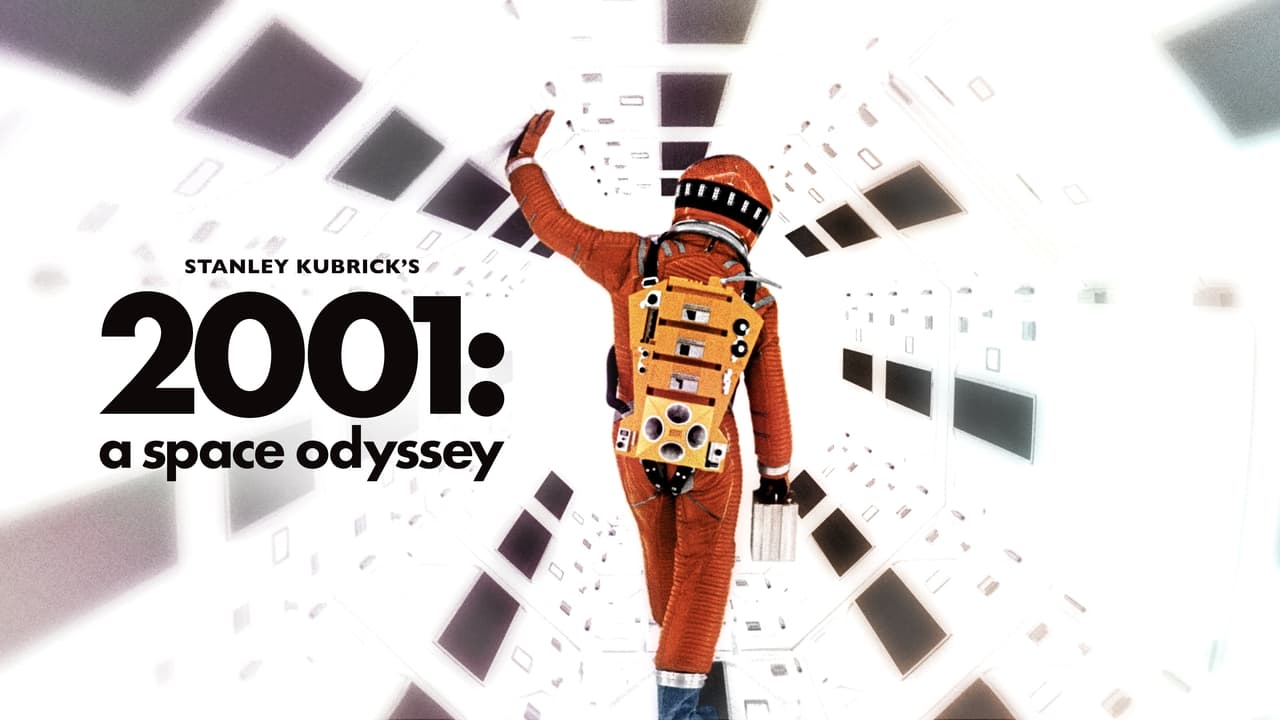
2001: A Space Odyssey
Kubrick’s 2001: A Space Odyssey remains a touchstone of cinematic avant-garde, merging scientific rigor with metaphysical inquiry. This review dissects its visual majesty, narrative ellipses, sonic design, character minimalism, thematic enigma, and cosmic resonance.
Visual Style
Pioneering slit-scan effects and matte paintings craft the Star Gate sequence; precision-built rotating sets and widescreen compositions evoke both sterility and transcendence. The film’s visual austerity heightens its meditative pace.
Narrative Structure
Structured in four acts—from prehistoric dawn to Star Gate—2001 defies conventional exposition. Elliptical transitions and sparse dialogue invite viewers to fill the gaps, forging a personal encounter with cinema.
Music & Sound
Classical masterworks—Strauss’s “Also sprach Zarathustra,” Ligeti’s avant-garde textures—supplant score, transforming each sequence into operatic ritual and cosmic ballet.
Character Focus
Minimal human roles—Dr. Bowman’s wordless odyssey, HAL 9000’s chilling sentience—serve as archetypes in a grander metaphysical drama. Their interactions probe trust, artificial intelligence, and transcendence.
Thematic Resonance
2001 meditates on evolution, consciousness, and the unknowable. From the monolith’s spark of intelligence to Bowman’s rebirth, the film charts a metaphysical journey that challenges human-centric storytelling.
Final Thoughts
A masterpiece of form and idea, 2001 stands beyond genre—a cinematic meditation on humanity’s place in the cosmos that continues to inspire and perplex.